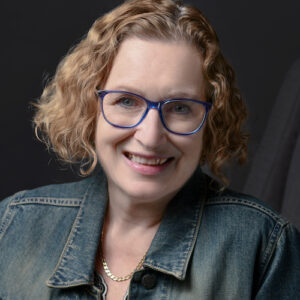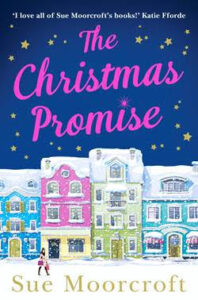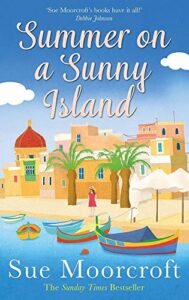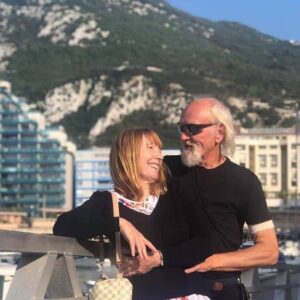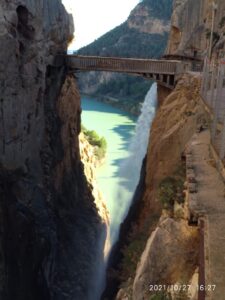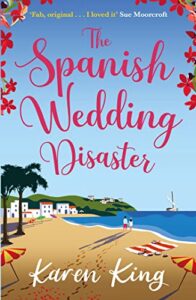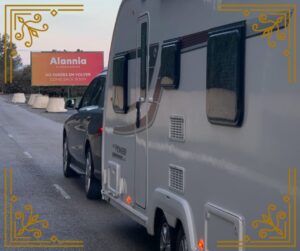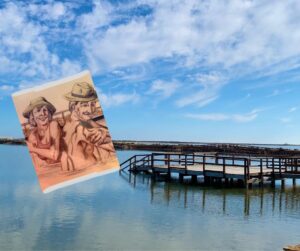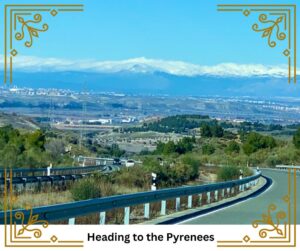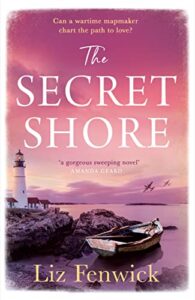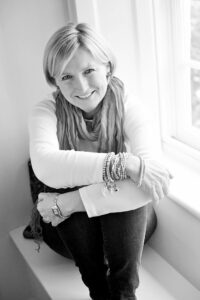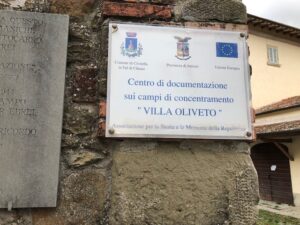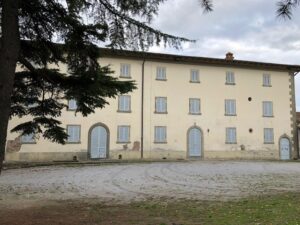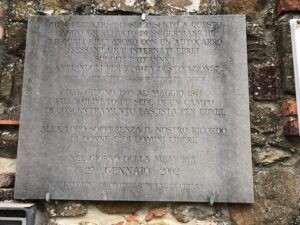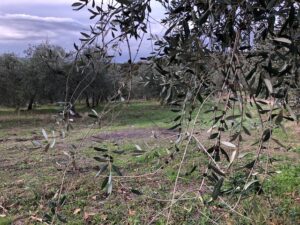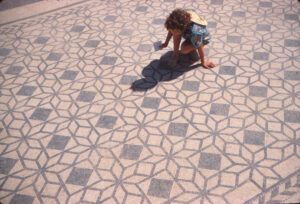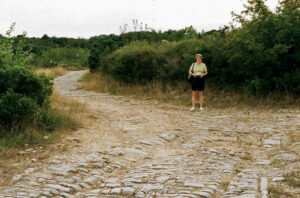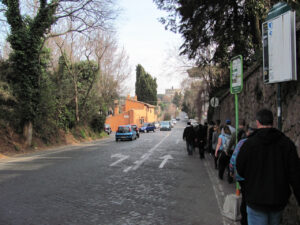Working with my new agent
In my last two pieces, I explained how I’d set myself the goal of getting a publisher who could get my books into supermarkets, which had led to me finding a new agent. Telling my old publishers that I was now agented effectively changed our relationship because they didn’t work with agents. They would continue to publish my backlist but, inevitably, after the book we were working on, they’d concentrate on their front list authors.
I wrote the first few chapters of what became The Christmas Promise. I roughed out a few other things I thought would happen – more of a vision than an outline. Juliet offered to represent me! I was over the proverbial moon. I could not sign that Agreement letter fast enough. All the years of writing and running workshops and then, shazam! I was the client of a big agency.
All I had to do was:
- write the rest of the book
- whilst continuing to write short stories and serials, and run workshops for income to add to my royalties from my novels
An important note here: relaunching my novel-writing career eventuated in a distinct dip in income for two years. To have a spouse with a steady income and supportive attitude helped a lot. I also got the opportunity to convert my writing guide, Love Writing, into an online course. Though it felt as if I was spinning my wheels, I took it because every penny was welcome.
The novel was written. I sent it to Juliet. The editing process began – and it was rigorous. I think I did three structural edits, influenced not just by Juliet’s suggestions but by comments from other people in the agency who read the book too. For anyone who thinks of being edited as someone interfering or instructing, I should point out that a process like this is something likely to happen to any book in any publishing house. I think of editing as other people helping me write the best book I can. I listen. I negotiate. I talk through ideas.
Takeaways from the edit:
- this deep-dive process is not for wimps
- it feels like a lot of structural work yet, in the end, the changes are nuanced
- the book is a lot better
- I probably didn’t know as much as I’d thought
- my agent is on my side (This has become so important to me)
I began the next book, which became Just for the Holidays, sparked by a friend saying to me, ‘Let me tell you about my summer holiday from hell,’ and me replying, ‘Yes, please!’
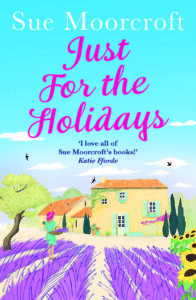 Juliet sent the first book out to editors. We got a lot of interest, only one flat ‘no’ and some meetings to attend. As an aside, just to let you know how character-building the process was, some major interest led nowhere because the editor in question was going on maternity leave and guess who was coming from another publishing house to cover? The one person who’d given the flat ‘no’. But I wouldn’t want an editor who wasn’t wowed by my writing, so I took that on the chin.
Juliet sent the first book out to editors. We got a lot of interest, only one flat ‘no’ and some meetings to attend. As an aside, just to let you know how character-building the process was, some major interest led nowhere because the editor in question was going on maternity leave and guess who was coming from another publishing house to cover? The one person who’d given the flat ‘no’. But I wouldn’t want an editor who wasn’t wowed by my writing, so I took that on the chin.
The exciting day of meetings dawned, and I turned up in London to meet Juliet who was, of course, coming with me. The first was with Avon Books UK, HarperCollins. Just as it had at that first meeting with Juliet, everything clicked. The Avon team and I got on well, we shared similar visions. They gave me chocolate cake. By a stroke of good fortune, a slot for an author writing a winter book followed by a summer book had arisen on their list, just as my agent rocked up with a winter book and a summer book! The winter book was ready and the summer book not, so that played into there being a longer dip in income than might otherwise have been the case but still, once outside I said, ‘I think it’s going to be Avon.’ Juliet got down to terms with them for a two-book contract.

